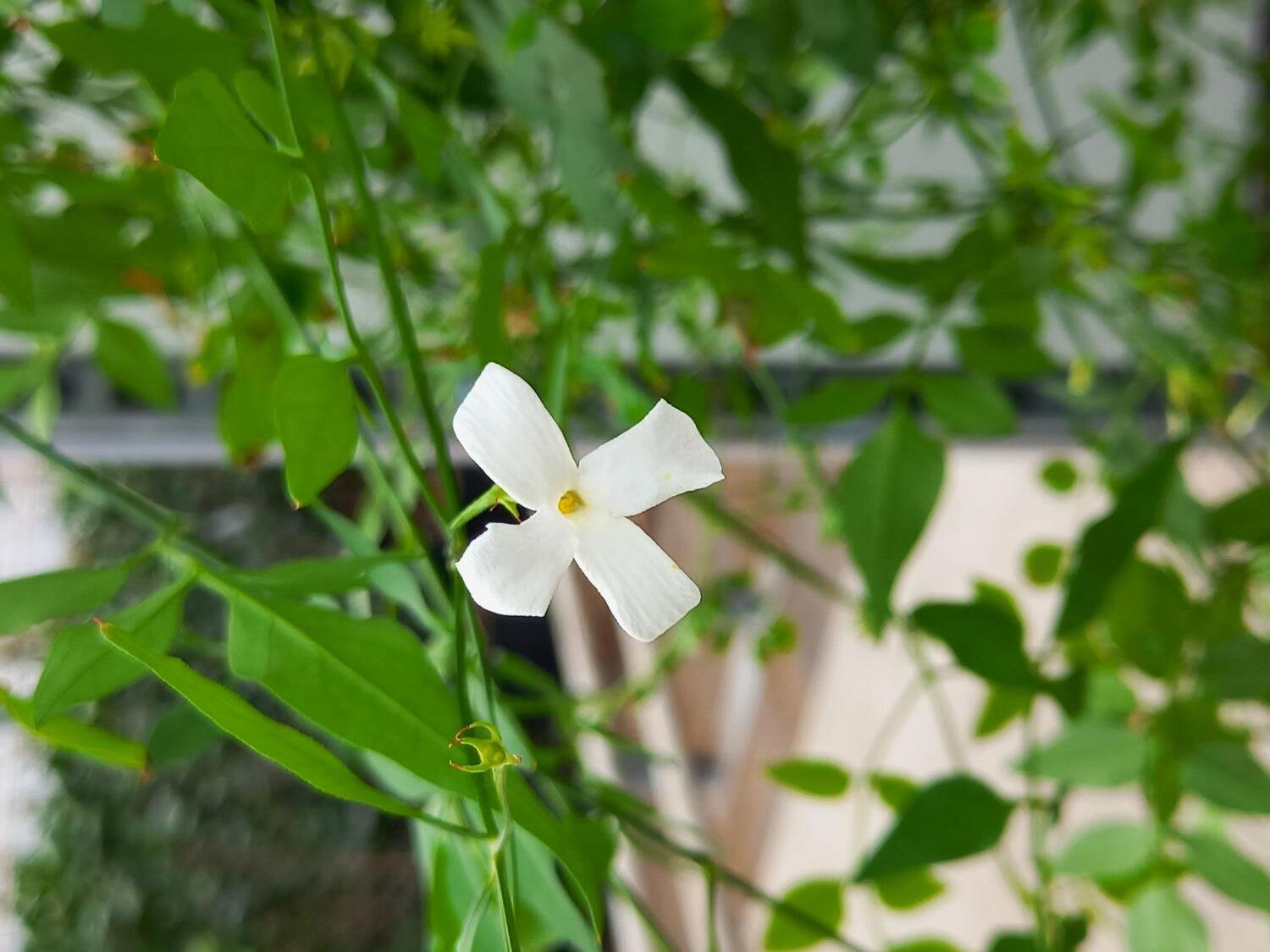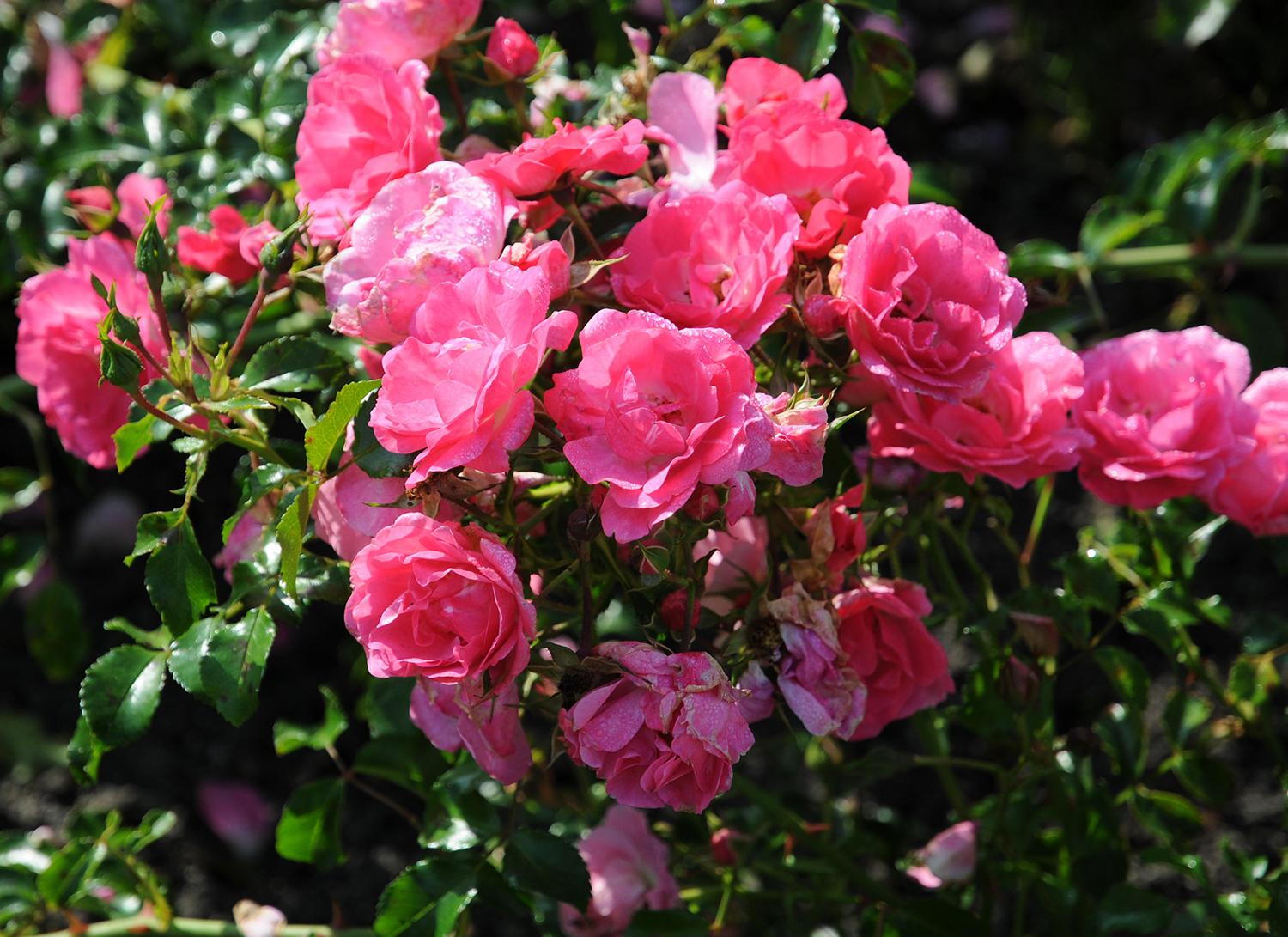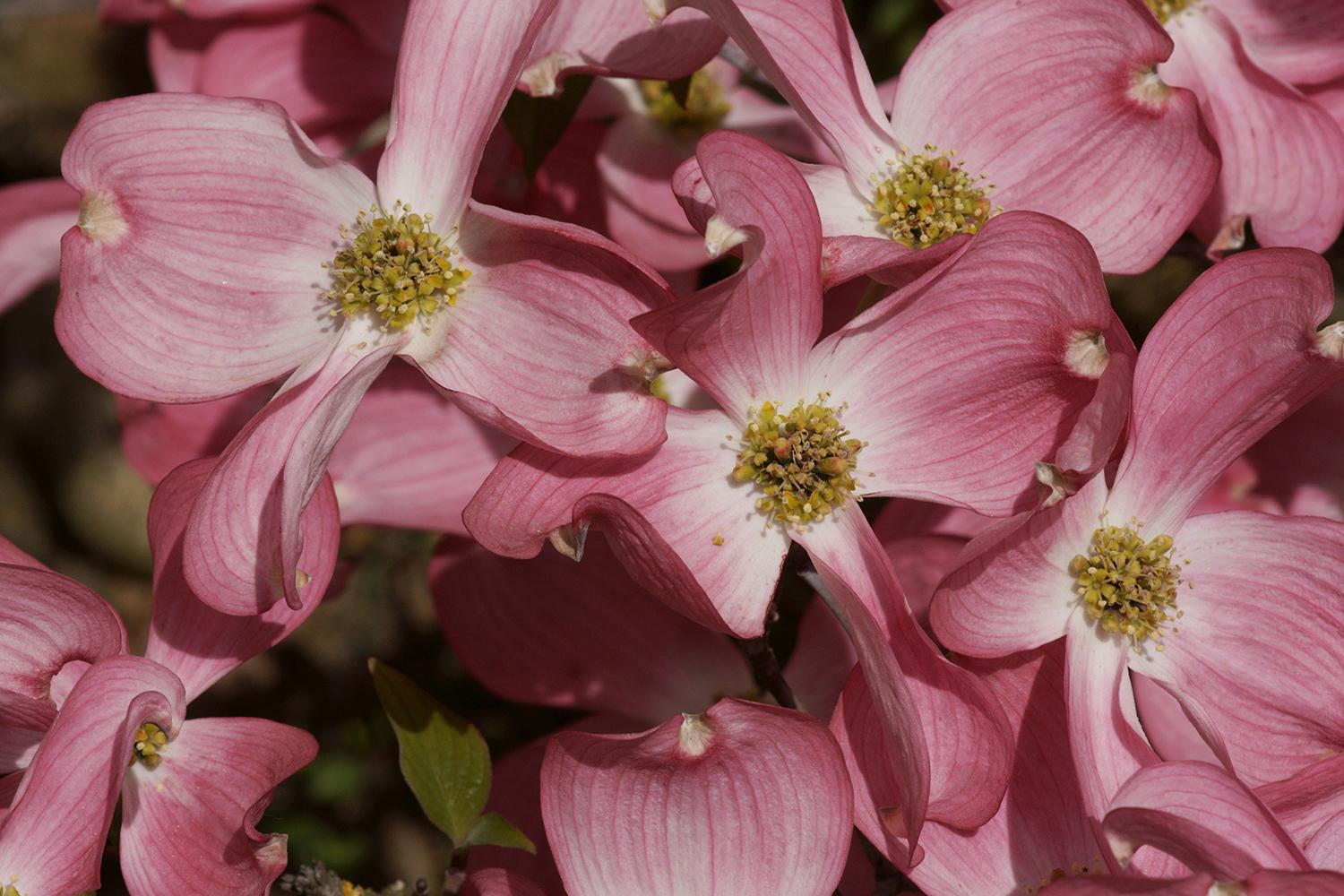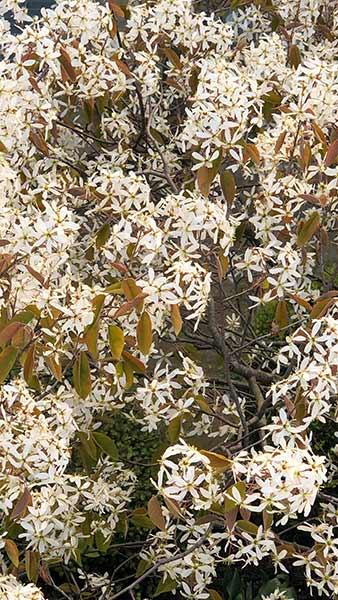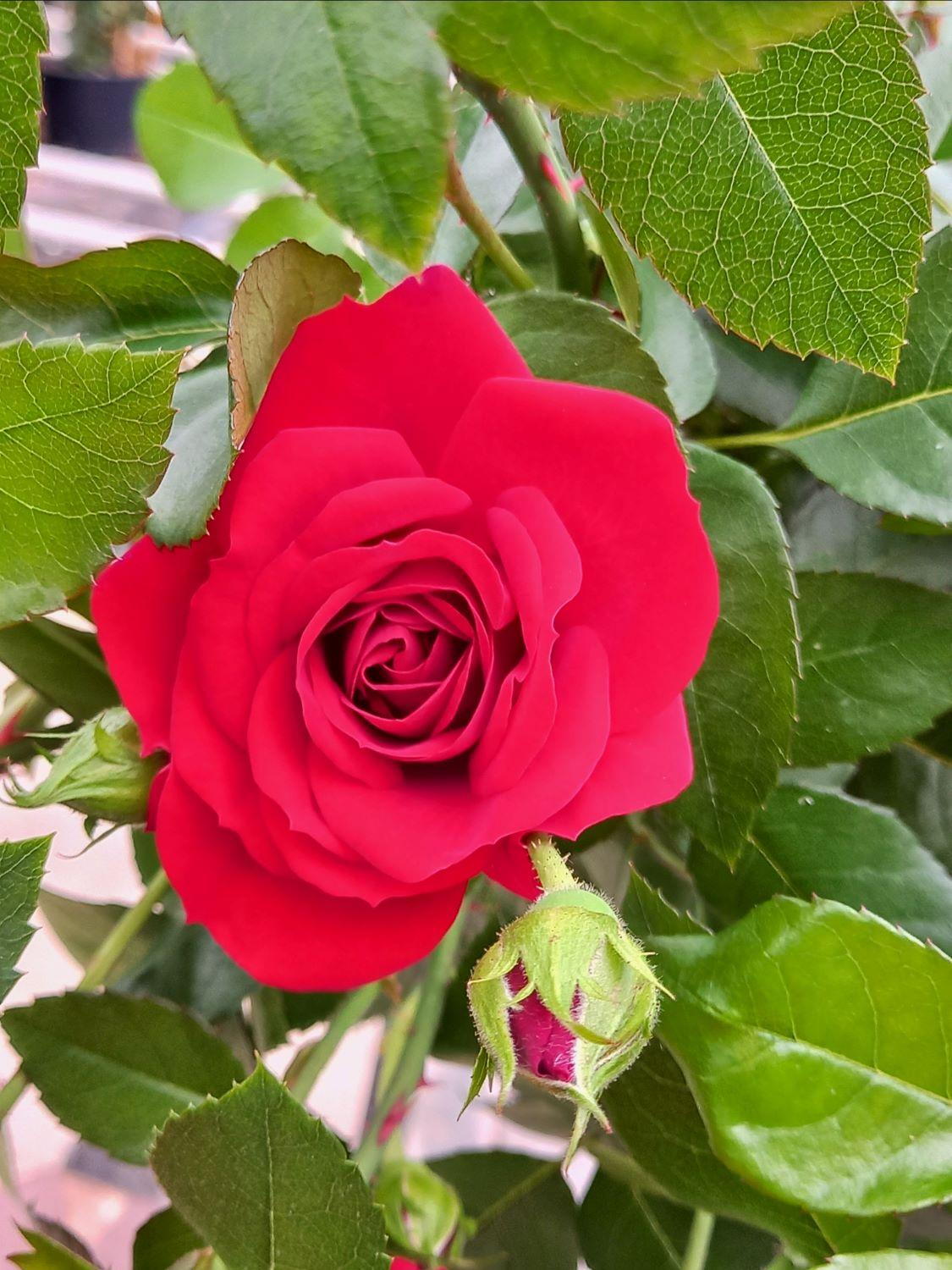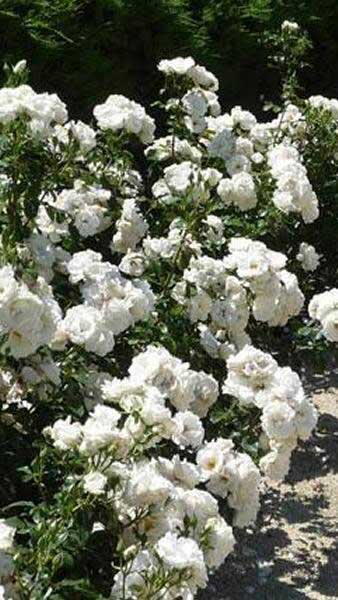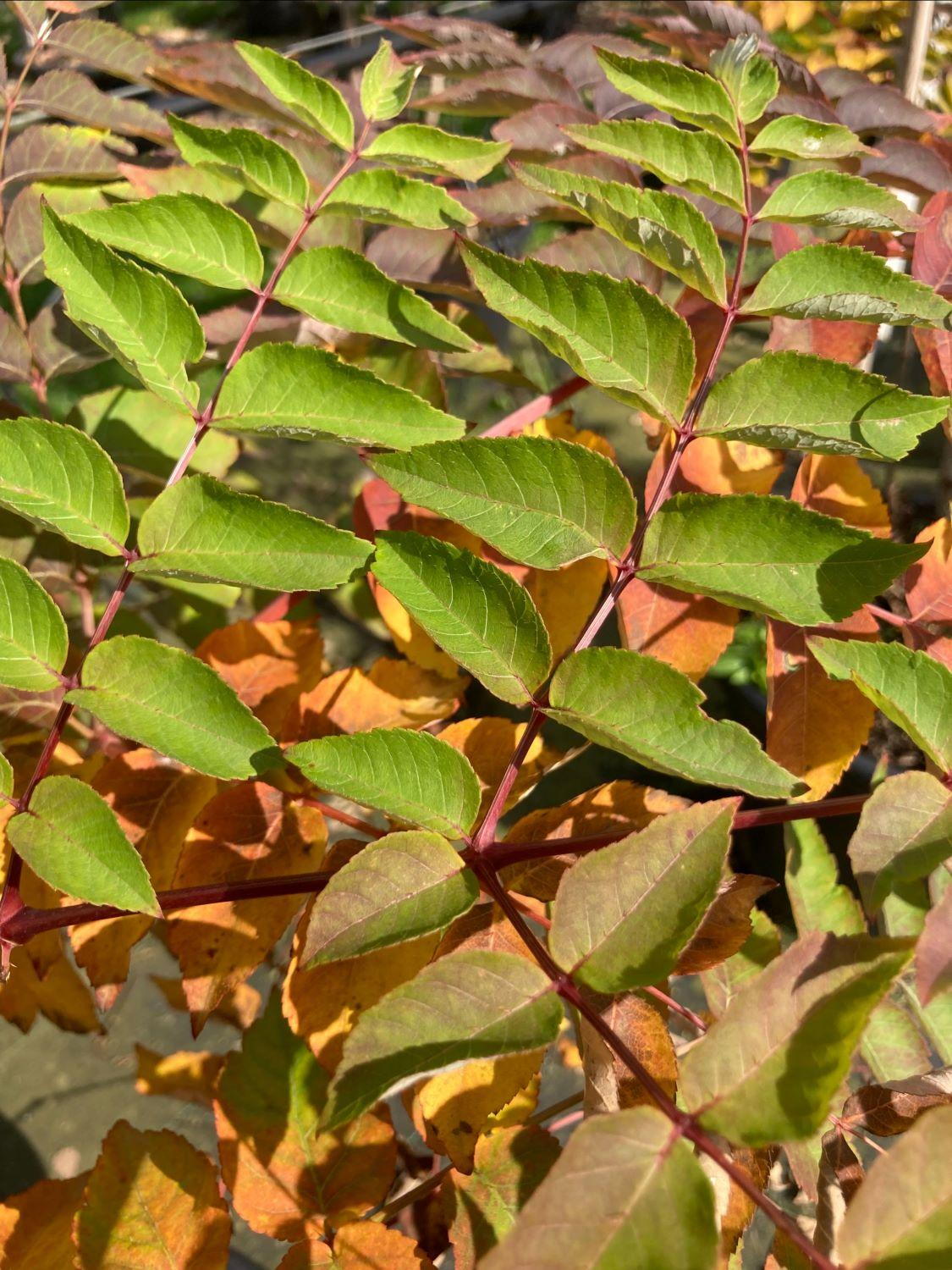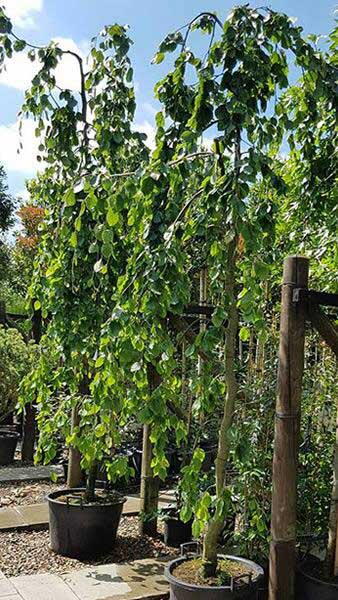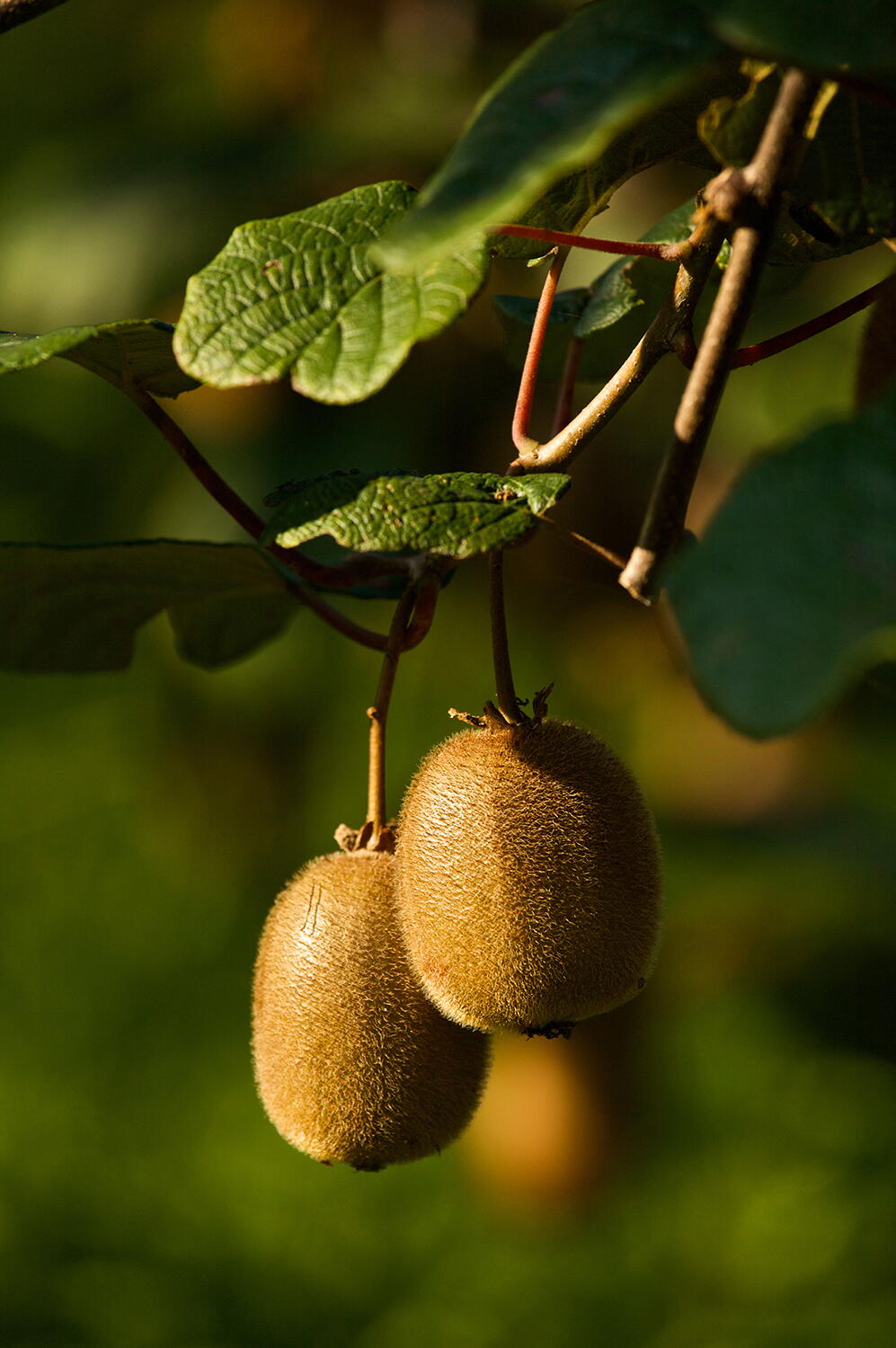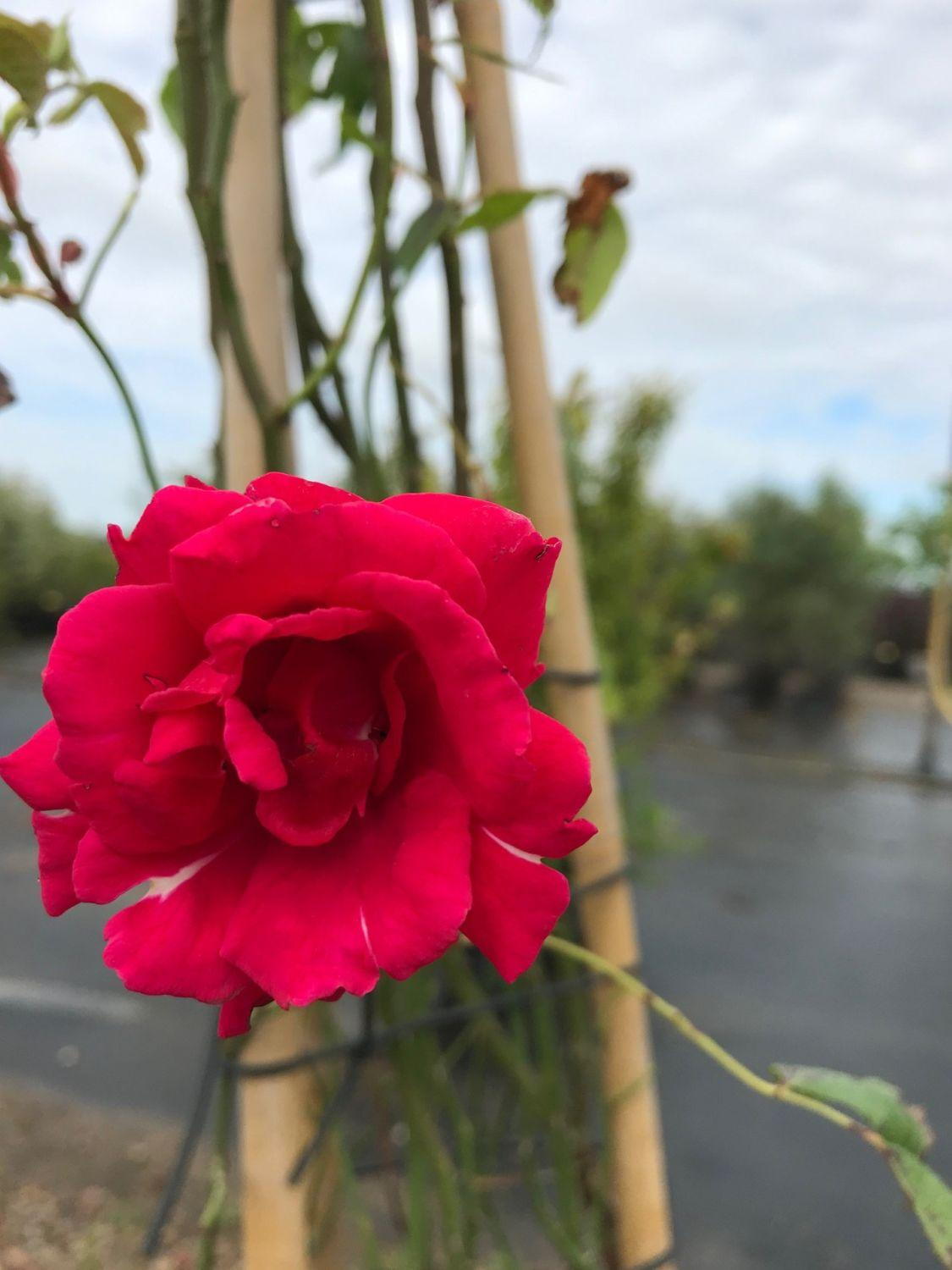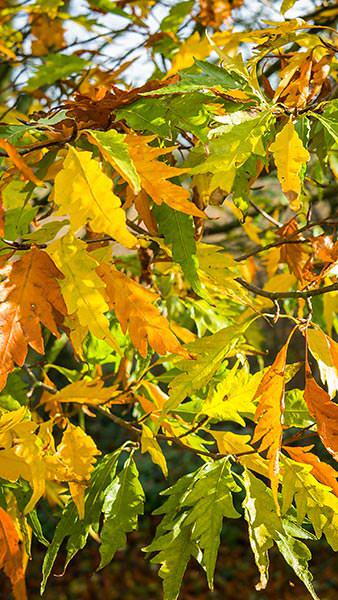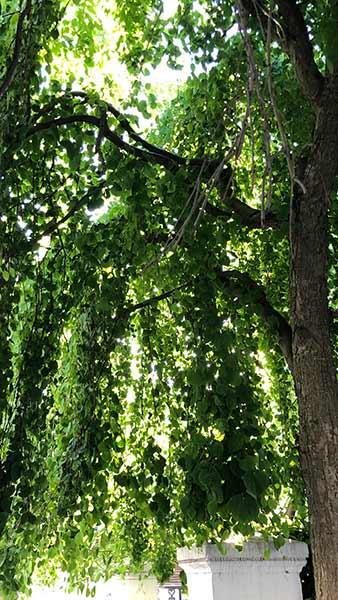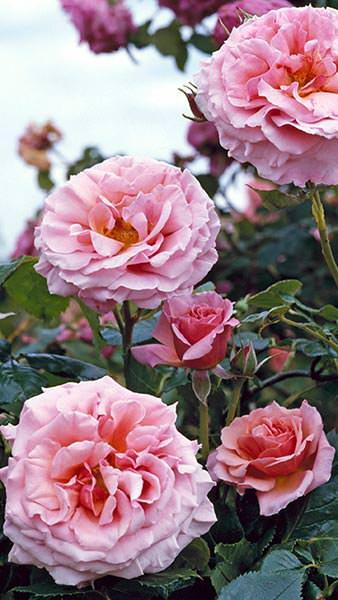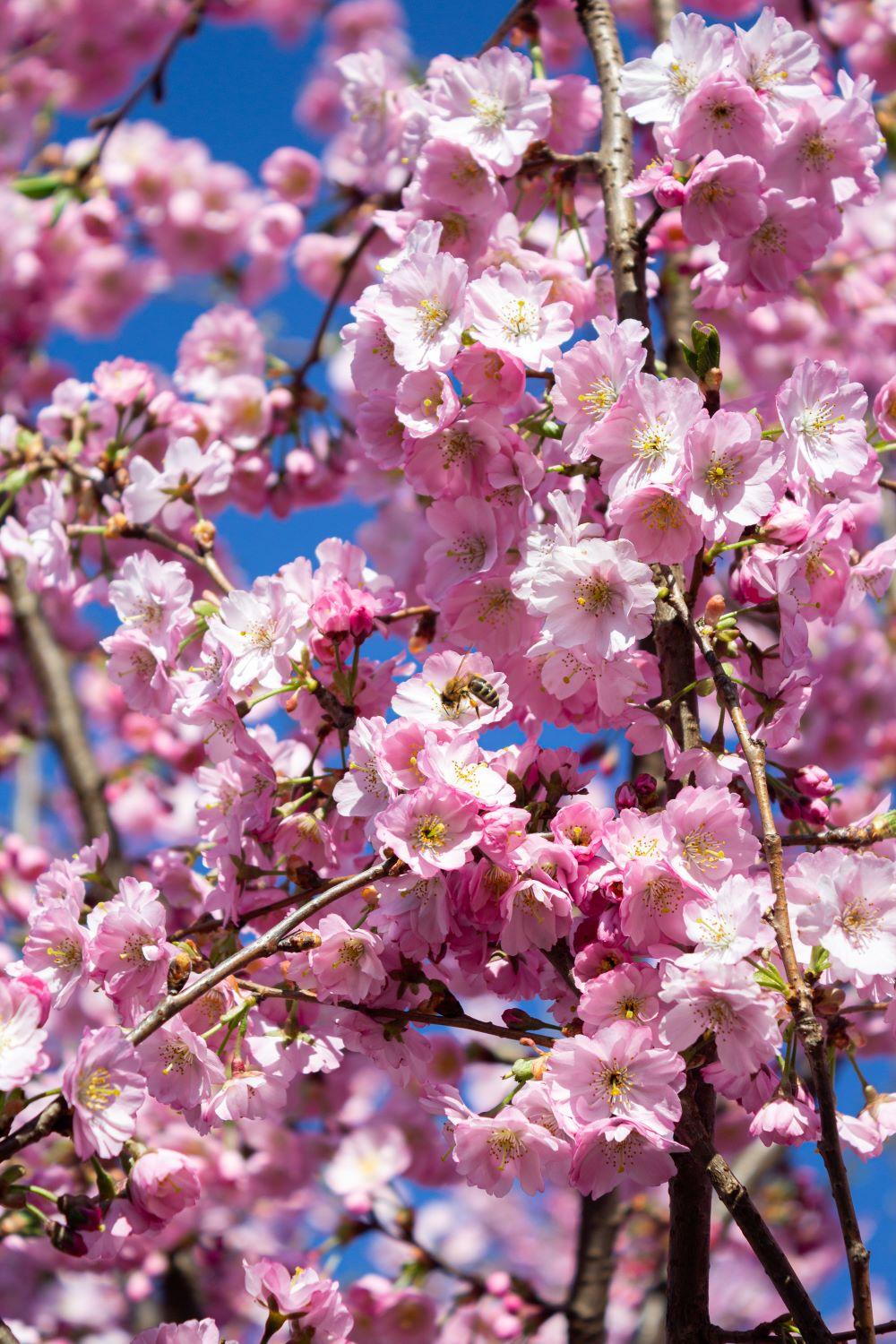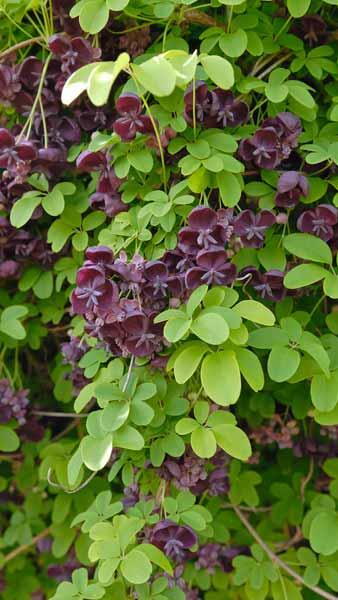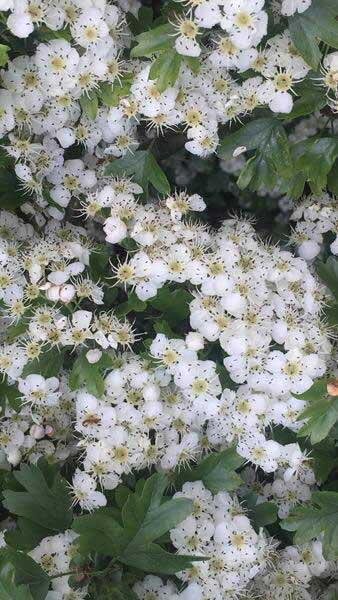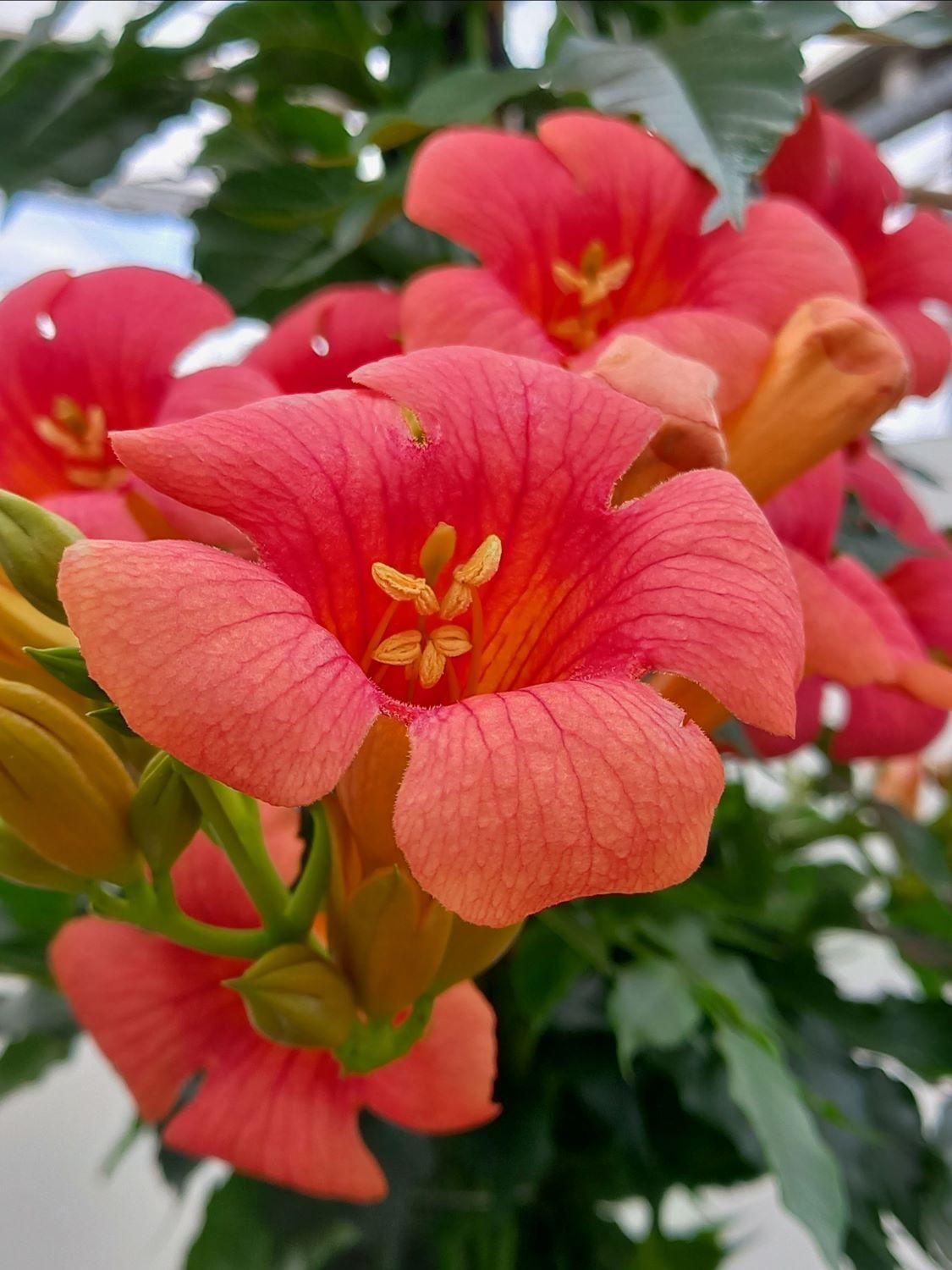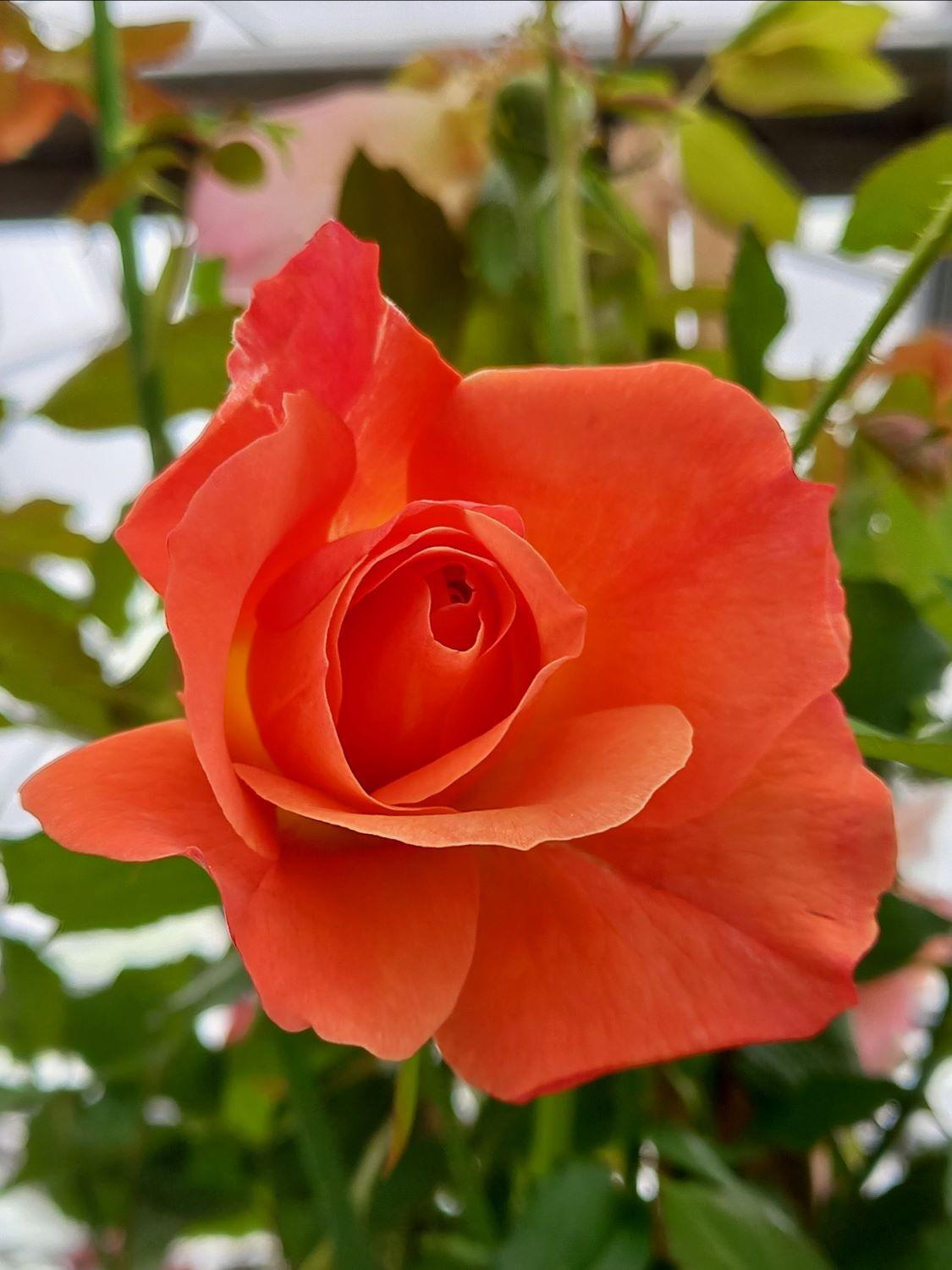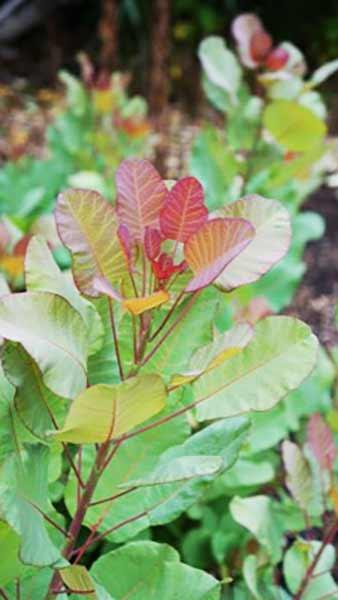Cercidiphyllum Japonicum Pendulum, Weeping Katsura Tree
Cercidiphyllum Japonicum Pendulum or the Weeping Katsura Tree is an unusual and graceful specimen tree with a long season of attractive foliage, which has received the RHS Award of Garden Merit for its suitability to UK gardens.Believed to have originated centuries ago in a Japanese monastery, the Weeping Katsura Tree is notable both for its drooping branches which sweep the ground, and its colourful leaves. Its tiny pink-red flowers emerge in early spring, followed by foliage coloured a reddish purple, maturing to green in summer and then orange, red and purple in autumn. The heart-shaped leaves of Cercidiphyllum Japonicum Pendulum have a pleasant fragrance of burnt sugar in autumn, most noticeable when they are crushed, giving it the nickname the Candy Floss Tree! In winter, the bare drooping branches strike a graceful note.Hardy across the UK and northern Europe, Cercidiphyllum Japonicum Pendulum will grow to a mature height and spread of 3 metres in 10 years and 4-8 metres in 50 years. As such, it can be considered small tree suitable for smaller gardens. It requires little or no pruning to maintain its graceful, weeping form.Plant the Weeping Katsura Tree in full sun or partial shade in a sheltered position with any aspect in moist but well-drained sand, loam or chalk soil with an acid to neutral pH. Growing tips can be damaged by late frost. Tolerant of pollution, Cercidiphyllum Japonicum Pendulum will grow well in an urban setting, and since it also tolerates salt, is suitable for planting in coastal regions as well. Deer-resistant, it will not need protection when planted on country properties. It is not susceptible to disease or insects, making it an excellent low-maintenance choice.With its Japanese origins and appearance, the Weeping Katsura Tree is a perfect specimen tree for a Japanese garden. Its small size makes it worth including in a small garden where its summer shade, colourful spring and autumn foliage and winter form will always provide visual interest. As a specimen tree in a small lawn Cercidiphyllum Japonicum Pendulum makes a strong focal point, and at the back of a mixed border it makes an attractive backdrop for smaller plants.This graceful Japanese tree, notable for its weeping form and leaves which bring a long season of colour to the garden, is an excellent choice for the UK gardener. Hardy and low-maintenance, with an attractive form, Cercidiphyllum Japonicum Pendulum can easily fit into your landscape, whether city or country, large or small! See also the upright (non-weeping) Cercidiphyllum Japonicum Katsura Tree.
